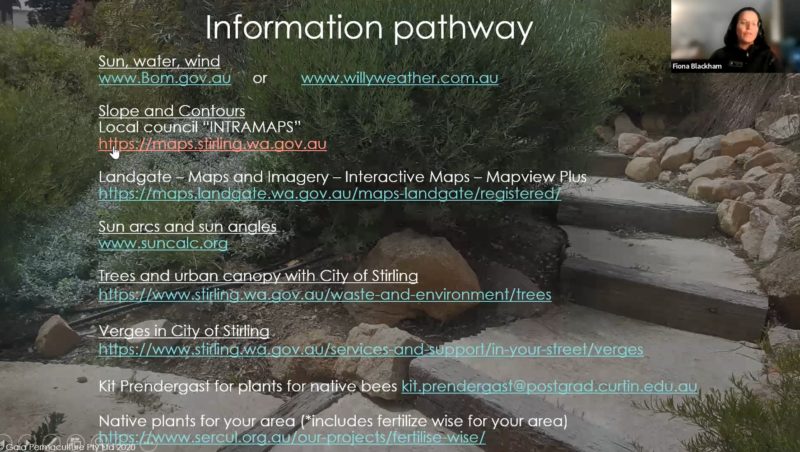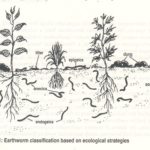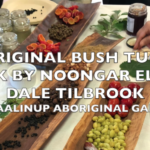Summary below
Amazon #ads

Summary:
The best time to plant a tree was 20 years ago, the second best time is now – Chinese Proverb
Have a look at your garden and spend some time to figure out where the sun goes, your slopes, etc.
Make your observations season to season and year to year.
First know where North is. Remember in different seasons the sun rises and sets in different positions.
Next, see where the winds pass, their direction and speeds. Do you want to protect your winds from say the Fremantle doctor (evening ocean winds in WA) or the hot summer sun. Think about letting sun in during winter and shading during summer. That way you can narrow down your choices. In summer the sun goes a lot higher than in winter so think of the shade and longer shadows.
If you can’t have a tree that you love maybe there is a dwarf variety you can get.
Get to know your soil. Do the soil jar test and find out what you’re lacking or need more of.
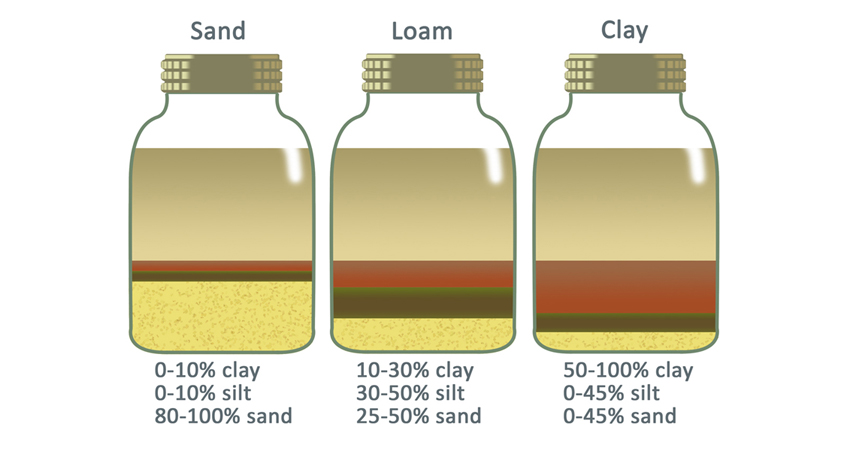
A good design will invite more life and diversity which all contribute to a better planet.
Residents can take care of their environment in their localities. See if your local council has street tree or verge plant programs. (Paras note: I won 25 native plants for being water wise 2 years in a row).
The 6 Noongar Seasons

- Birak (December – January)
- Bunuru (February – March)
- Djeran (April – May)
- Makuru (June – July)
- Djilba (August – September)
- Kambarang (October – November)
Deciduous trees drop leaves in winter which is good because that lets sun in and creates shade in summer. There are lots of trees that are suitable in small spaces where you just need 30 cm wide ground.

Look at plants that are susceptible to burn in summer or get powdery mildew in winter to fix ventilation.
Do you need to break the wind or filter it? Can you use the wind to cool some hot areas.
Have a look at something called a wind rose in your area. It will tell you the time, percentage, observations, etc. It looks like it’s totally opposite in opposite seasons.
How does the water move on your slopes and how can you keep or direct that water.
Soil is important. One teaspoon has more microbes than people on the planet. It helps with lots more.
Avoid throwing away green waste and try keep it into your soil to build up the organic matter.

You can get pH test kits for your soil. Remember the pH and glass jar tests will tell you the type of soil you have so you know which plants will like that soil or how to change the soil profile for the plant to like. A general rule of thumb for soil pH is to have it at 6-7. The coast soil has a more alkaline pH.
The glass jar test goes together with the soil triangle and she also mentions googling how to do a bolus test in the Q&A at the end of the talk.

Talks on trench composting, bokashi composting, lasagna composting and leaf mold composting. All of these help your soil and plants.
You can use dalek compost bins, compost tumblers, thermophilic compost if you have space and vermiculture or worm farms/bins.
Right plant, right place, right reason, right season.
Google how to find your chill factor. Some plants like it hot some like it cold.
You can get so many different types for different spaces – evergreen don’t lose their leaves. Semi-dwarf, dwarf, super-dwarf. Some need a companion plant to pollinate them.
Keep root systems in mind if you’re worried about unground utilities – dial before you dig sites.
You can get some beautiful ground cover and shrubs which are native that are water-wise also.
The 9 layers of a forest garden in permaculture.
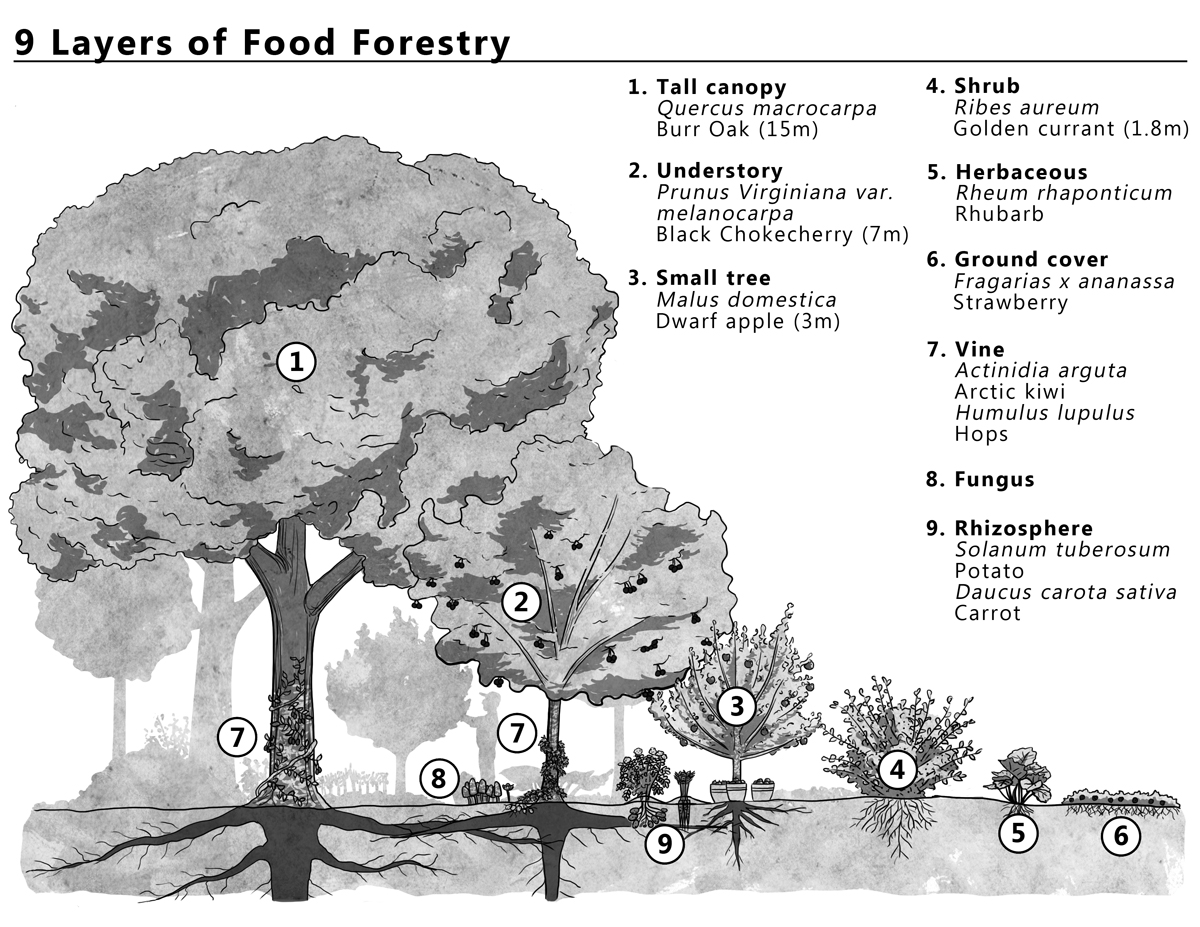
Humus holds 500% more water than clay so recycle your green waste and keep it in your property. If you feel like you have a pathogen in your plant try doing something called solarising.
Do not mulch at the side of your house as slaters and termites love breaking down that hard carbon. If you are in a windy area you can get an aged mulch.
Where to get plants:
Free through local council
Tucker bush
Apace
Men of Trees/Trillion Trees
Wild Flower Society of WA
Friends of Kings Park
Nindethana Seed Company
Recommended books:
Noongar Bush Medicine: Medicinal Plants of the South-west of Western Australia
Noongar Bush Tucker: Bush Food Plants and Fungi of the South-West of Western Australia
Related Posts:
An Earth Works Learners Guide (Waste, Recycling, Compost, Worm Farms, No-dig Gardens)
Free Online Permaculture Course
Interesting Facts About Woodlice (Slaters/Pill Bugs/Rollie Pollies/Roly Polies)
Termites – The Inner Sanctum
Links:
